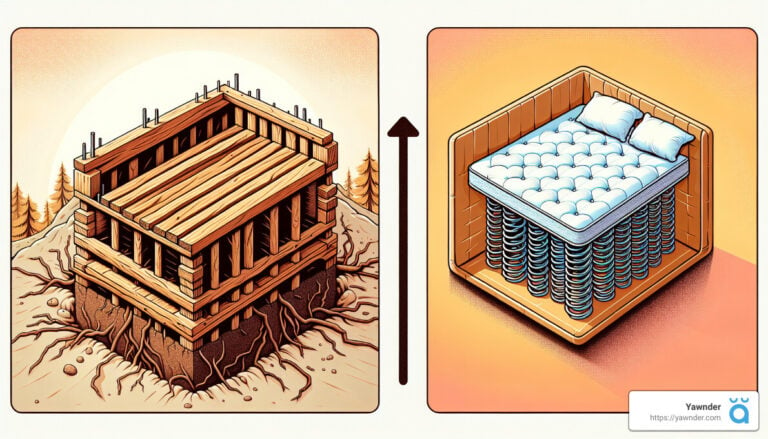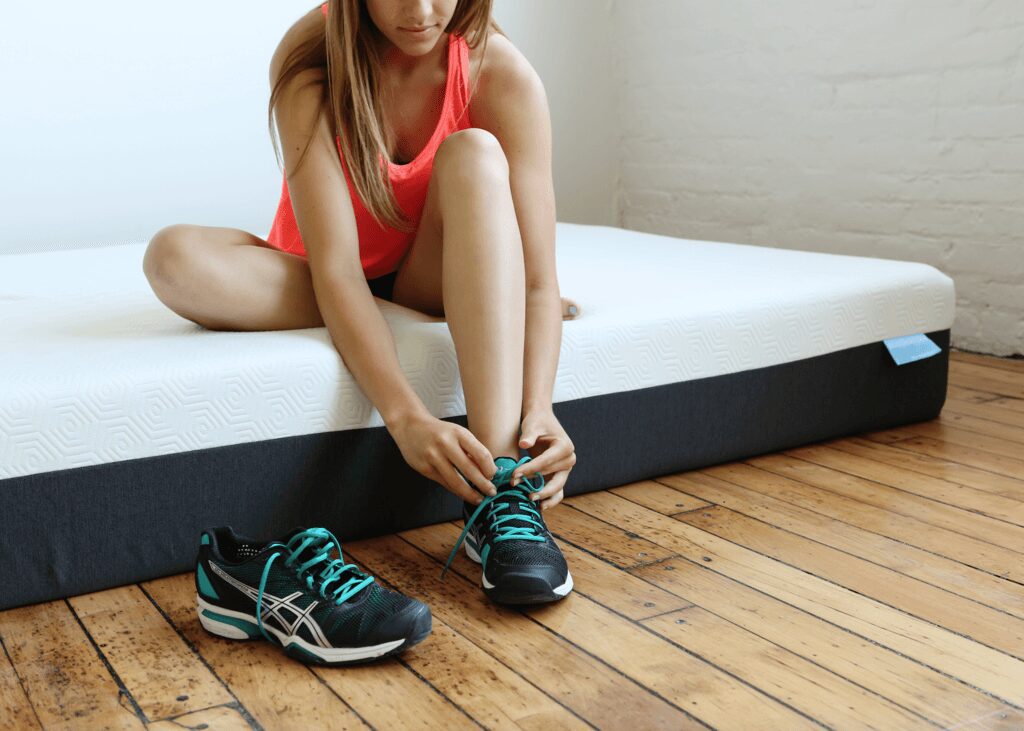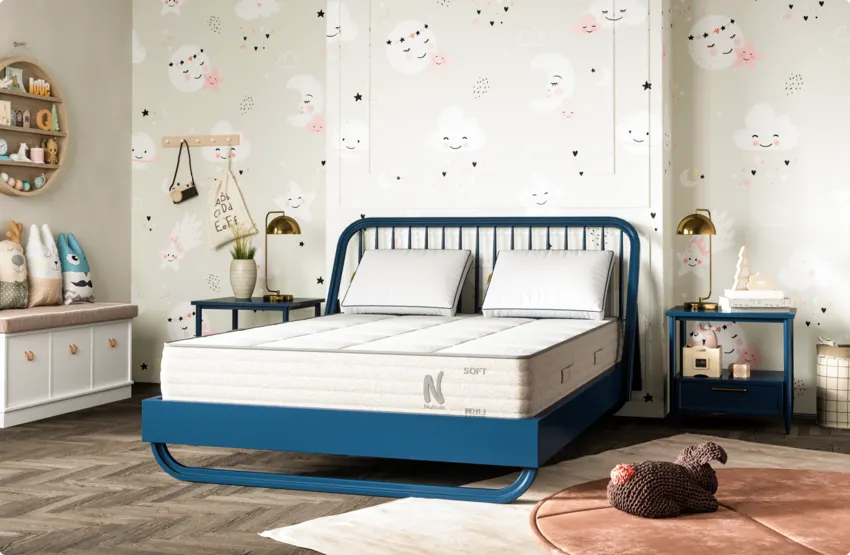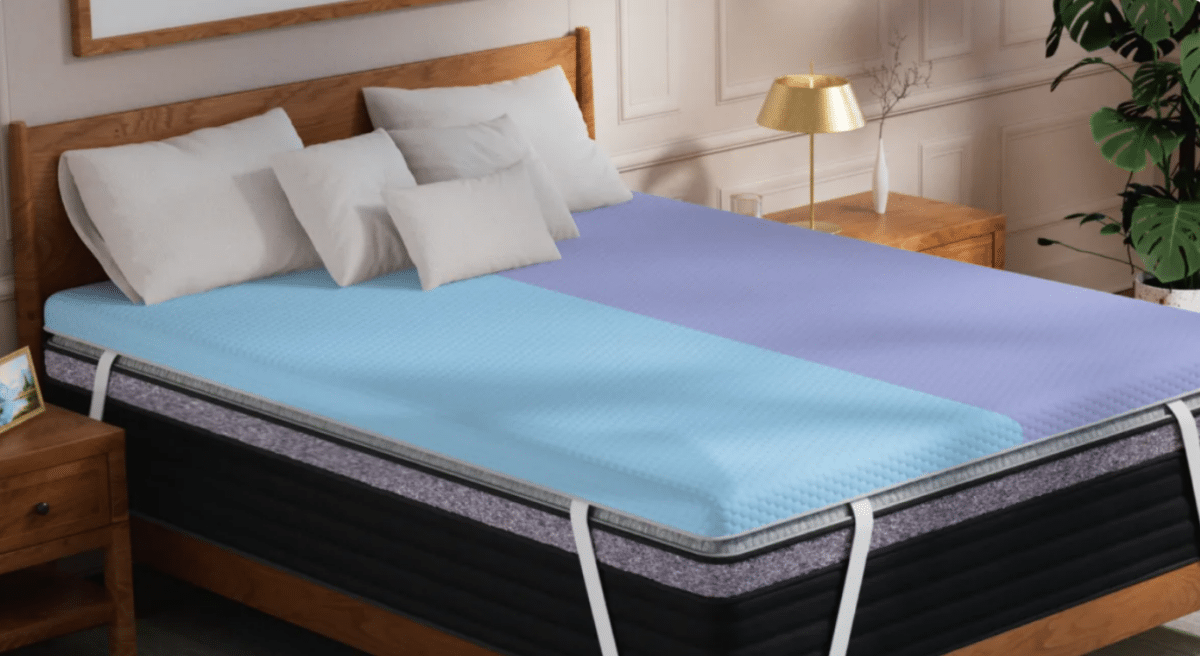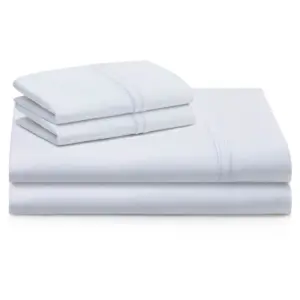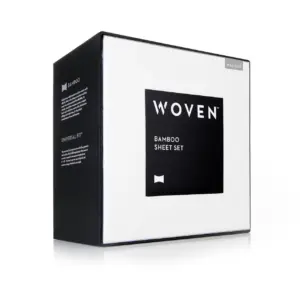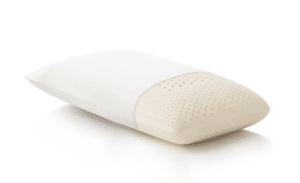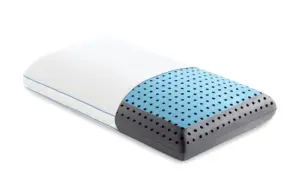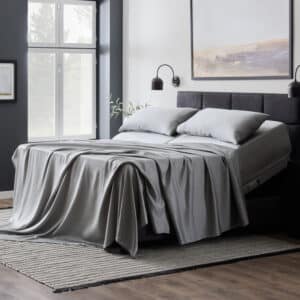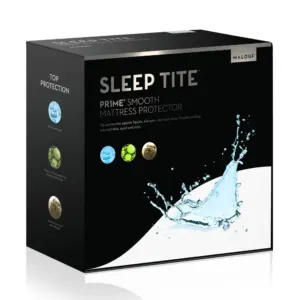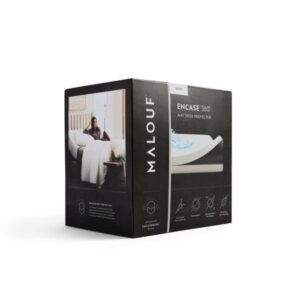A Comprehensive Guide to Foundation vs. Box Spring Comparison
When it comes to creating your ideal sleep setup, choosing between a foundation vs. box spring is essential. Each option offers distinct advantages and disadvantages that can significantly affect your sleep quality, comfort, and overall bedroom aesthetics. This comparison aims to demystify the choices available, guiding you toward the best decision tailored to your specific needs.
Understanding Box Springs
A box spring is typically a wooden frame filled with coils, which serves as a supporting base for traditional innerspring mattresses. This design aids in shock absorption while promoting airflow, which is crucial for maintaining a comfortable sleeping temperature. Box springs have long been a staple in the bedding industry, largely because of their history and compatibility with various mattress types.
Pros of Box Springs
1. Enhanced Airflow: The coil structure inside a box spring promotes better ventilation, helping to keep your mattress cool—a significant advantage for those who tend to sleep hot.
2. Shock Absorption: The coils effectively absorb movements, reducing motion transfer. This feature is particularly beneficial if you share a bed, as it minimizes disturbances caused by movement.
3. Optimal Support for Innerspring Mattresses: Box springs are specifically designed to work with innerspring mattresses, helping to distribute body weight evenly and prevent sagging.
Cons of Box Springs
1. Potential Coil Breakdown: Over time, the coils in a box spring can wear out, leading to diminished support and increased mattress sagging.
2. Noise Issues: As the coils age, they can start to creak, which can be especially bothersome for light sleepers.
3. Compatibility Limitations: Box springs do not suit heavier mattress types such as memory foam or latex. The coil structure may not provide adequate support for these mattresses, leading to potential damage over time.
Understanding Foundations
Conversely, a foundation is designed as a solid or slatted wooden box that offers firm support without the use of springs. This construction provides stability and durability, making foundations compatible with most mattress types, including memory foam, latex, and hybrids.
Pros of Foundations
1. Remarkable Durability: Foundations are built to last, providing steadfast support that maintains the health of your mattress over time.
2. Consistent Support: A solid structure ensures even distribution of weight, making it ideal for sleepers who prefer a firmer surface.
3. Versatility: One of the most significant advantages of foundations is their compatibility with various mattress types, thus offering a reliable choice whether you have an innerspring, memory foam, or latex mattress.
Cons of Foundations
1. Heavier Design: Foundations are typically more cumbersome to move or transport than box springs, which may pose challenges for frequent relocators.
2. Lack of Flexibility: Unlike box springs, foundations do not provide the same level of bounce, which may not suit all preferences, particularly for those who enjoy a softer feel.
3. Potential for Pressure Points: The firmness of a foundation might create pressure points for certain sleepers, notably side sleepers who often benefit from a softer surface.
Key Differences Between Foundation vs. Box Spring
Support
Foundations deliver firm, even support, particularly beneficial for memory foam and hybrid mattresses that require a stable base to maintain their structure. Box springs offer a more flexible form of support, which can provide a little give for traditional innerspring mattresses.
Durability
The sturdy construction of a foundation generally allows it to offer lasting support, while box springs may degrade faster due to their coil system, especially when paired with heavier mattresses.
Weight and Mobility
Foundations tend to be heavier than box springs, making them tougher to relocate. On the flip side, box springs are lighter and easier to maneuver, a crucial factor if you rearrange your space often.
Mattress Compatibility
Foundations are suitable for a variety of mattress types, whereas box springs are primarily designed for use with innerspring models.
Price Comparison
In terms of price, box springs tend to be the more budget-friendly option upfront. However, foundations may prove to be the more economical choice in the long run due to their durability and ability to extend a mattress’s lifespan.
When to Choose a Box Spring or Foundation
The decision largely hinges on your mattress specifics and personal preferences. Here’s how to determine which option is right for you:
1. Manufacturer Guidelines: Always check your mattress documentation. Many manufacturers specify the type of base required for warranty coverage. Ignoring these recommendations could void your warranty.
2. Bed Frame Requirements: Assess your bed frame’s compatibility. If your frame has slats, ensure they are closely spaced; otherwise, you may need a foundation or box spring for adequate support.
3. Desired Bed Height: Consider how high you want your bed to sit. A full-profile foundation can offer more height, while a low-profile option keeps your bed closer to the ground.
Exploring Other Bed Base Options
If neither a box spring nor a foundation seems to fit your needs, you might consider other alternatives:
– Adjustable Bed Bases: These allow you to customize your sleeping position, which can aid in alleviating back pain or improving circulation.
– Platform Beds: With a solid or slatted base, platform beds provide versatile support, compatible with all mattress types.
– Bunkie Boards: These thin boards are perfect for enhancing the support of a mattress, especially in bunk beds or when placed directly on the floor.
Conclusion
In the foundation vs. box spring debate, each option has its distinct merits tailored to specific needs. Foundations excel in providing durable, versatile support, making them suitable for almost any mattress type. In contrast, box springs offer flexible support and better airflow but may fall short in durability and compatibility with modern mattress materials.
Before making your choice, evaluate your sleep preferences, mattress type, and any specific manufacturer recommendations. Understanding the nuances of each option will empower you to make an informed decision that enhances your sleep quality. For more insights and a wider array of quality mattress options, be sure to explore our extensive collection. Whether you favor the firmness of a foundation or the gentle give of a box spring, the right bed base can transform your sleeping experience into a haven of comfort and support.

